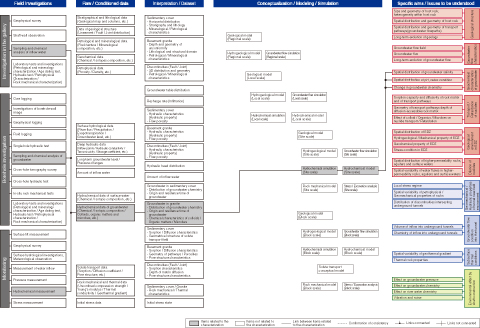
Fig.8-13 Example of geosynthesis data flow diagram (groundwater geochemistry: site scale)
We are pursuing a geoscience research and development project called the Mizunami Underground Research Laboratory (MIU) project. The project studies a crystalline rock environment to construct a scientific and technological basis for the geological disposal of high-level radioactive waste.
The MIU project is planned in three overlapping phases, i.e., the surface-based investigation phase (phase Ⅰ), the construction phase (phase Ⅱ), and the operation phase (phase Ⅲ). Currently, the project is in phases Ⅱ and Ⅲ.
In phase Ⅱ, the adequacy of models of the geological environment established in phase Ⅰ is evaluated by using data accumulated during phase Ⅱ. Based on the results of this evaluation, we determine whether various elemental technologies adopted to characterize the geological environment in phase Ⅰ are applicable and feasible. These technologies include the planning, investigation, and modeling methods. Furthermore, a series of procedures are organized to evaluate design, construction, and safety, and a geosynthesis data flow diagram is established (Fig.8-13). This data flow diagram integrates the data flow from investigation to modeling and analysis. It combines in a rational way the items of the investigation that make the results reflect the safety assessment and design.
In this sense, the geosynthesis data flow diagram provides a rational framework, from “investigation” to “modeling” and “analysis,” for achieving individual goals and tasks. The experience and knowledge obtained by performing the investigation, modeling, and evaluation should be compiled by using the geosynthesis data flow diagram.
This approach should prove useful for both implementing and regulating high-level radioactive waste disposal.